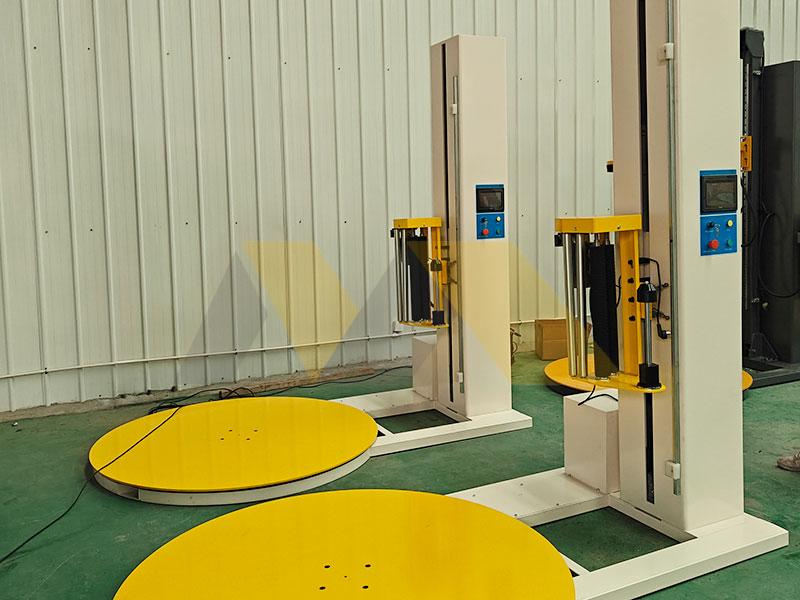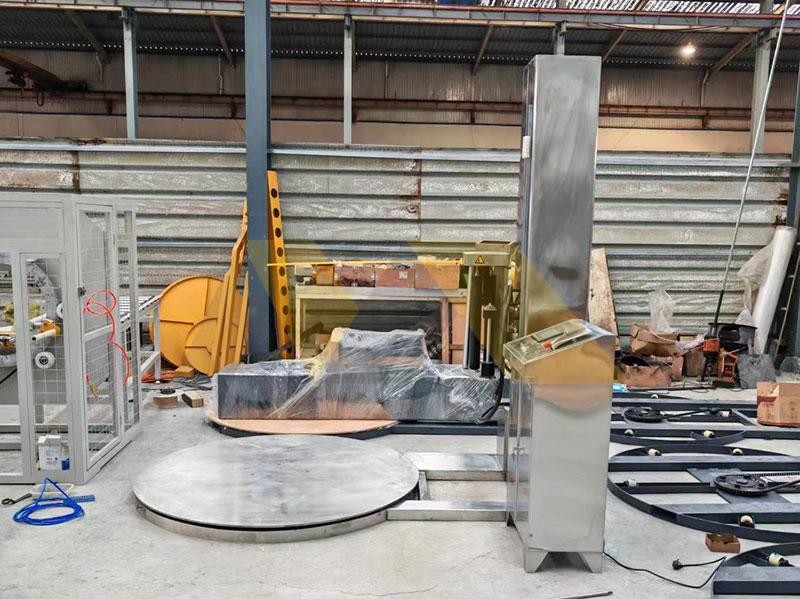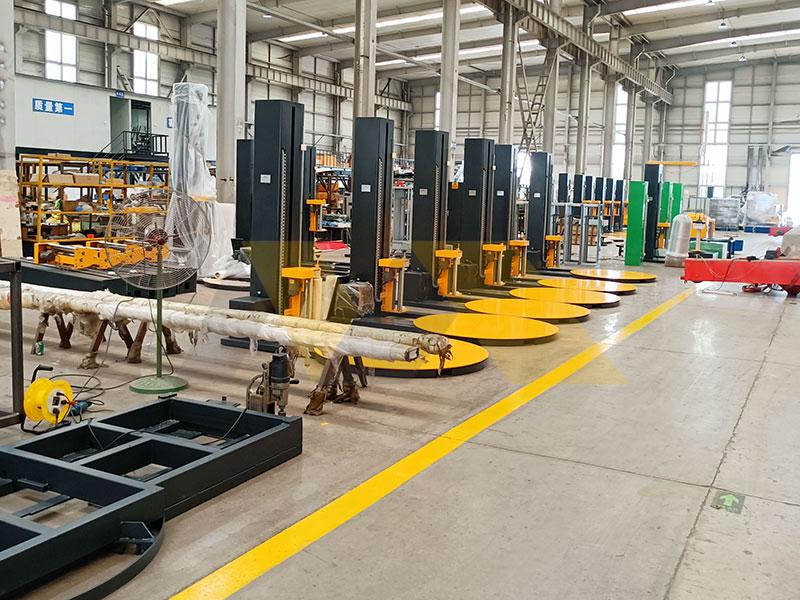Keeping goods secure during transit frustrates many logistics managers. Damaged shipments cost thousands yearly, yet manual wrapping strains teams. Advanced pallet wrappers1 solve both challenges seamlessly.
Commercial pallet wrappers automate load stabilization using stretch film, drastically reducing labor costs by 70% while preventing product damage during transit. These machines offer turntable, rotary arm, and robotic models tailored for warehouse efficiency in industries like food, pharmaceuticals and manufacturing.
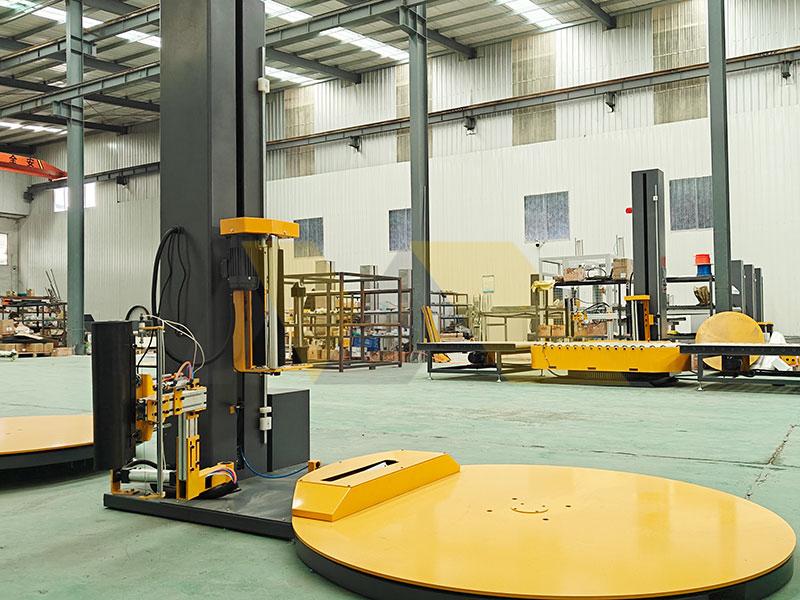
Transitioning to automated wrapping transforms supply chain reliability. Discover key considerations below to optimize your workflow.
What are the different types of pallet wrappers?
Searching for pallet solutions reveals confusing options. Manual methods waste time; semi-automatic units hit budget limits. Understanding core differences prevents costly mismatches.
Four primary models dominate: turntable wrappers rotate pallets under stationary film dispensers, rotary arm machines circle loads for complex shapes, orbital wrappers secure irregular items, and robotic units program custom patterns for niche applications.
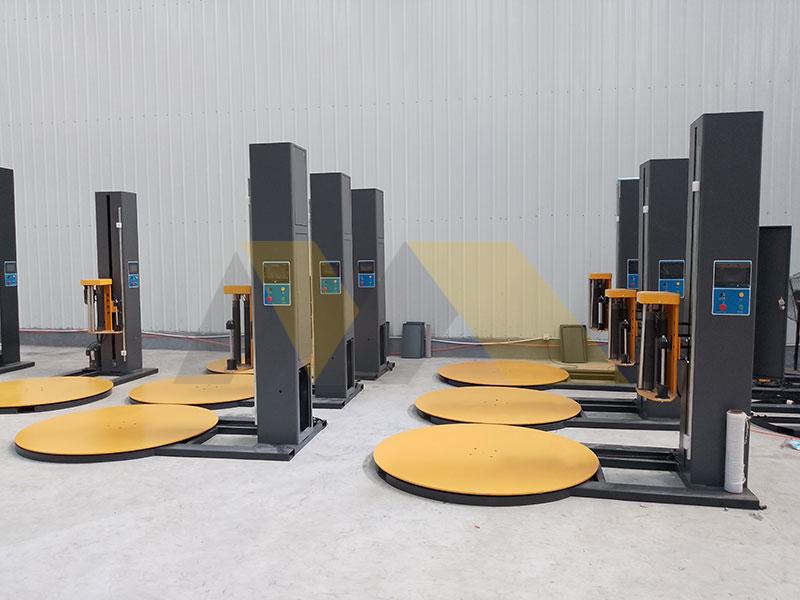
Key Distinctions in Wrapper Technology
Performance Variations Across Models
| Machine Type | Best For | Speeds (Pallets/Hour) | Film Savings |
|---|---|---|---|
| Turntable | Uniform square loads | 30-60 | 20-30% |
| Rotary Arm | Tall/irregular shapes | 20-40 | 15-25% |
| Orbital | Pipes/cylindrical items | 10-30 | 10-20% |
| Robotic | Custom patterns | 5-15 | 25-40% |
Turntable units work best for standard warehouse use, while robotic versions suit aerospace or automotive parts needing unique containment. Rotary arm designs shine in wrapping palletized furniture or appliances without restacking. Consider your average load dimensions – machines supporting 80-inch heights prevent film wastage on shorter stacks. Film pre-stretch technology matters too; our units achieve 250% stretch ratios minimizing material costs. Customizable torque settings prevent crushed boxes during wrapping cycles, a common pain point our engineers solved with pressure sensors. Testing samples? Chat with me directly on WhatsApp (+0086 13505379893) to arrange video demonstrations.
What is a pallet wrapper?
Manual wrapping consumes 15+ minutes per pallet while risking inconsistent tension. Workers develop fatigue injuries securing heavy loads. Industrial units eliminate these operational drains2.
A pallet wrapping machine applies polymer film to secure goods using turntable, rotating arm, or overhead carriage systems. This automation provides uniform containment force crucial for international shipments, preventing shifting during transport and cutting material waste up to 40%.

Core Components and Functionality
Operational Mechanics Explained
Machines integrate three critical subsystems: film carriage assemblies controlling vertical motion, pre-stretch rollers that elongate film before application, and user-programmable logic controllers. Load sensors automatically detect pallet heights, eliminating manual adjustments. Safety remains paramount – infrared barriers halt operations if workers enter work cells unexpectedly. Industrial-grade motors maintain torque consistency even after hours during peak season shipping. Most importantly, these units generate containment force3 surpassing ANSI standards for transport security. Still unclear on integration? Email me specs at [email protected] for compatibility analysis between our machines and your warehouse flow.
How much does it cost to wrap a pallet?
Manual wrapping expenses spiral from labor hours and film inefficiency. One warehouse reported $2.38 per-pallet costs using hand methods versus $0.61 with automation.
Automated wrapping reduces per-pallet costs to $0.25-$1.50 factoring in film usage and energy, while manual methods average $1.80-$3.50 due to labor inefficiencies. Film typically represents 80% of total expenses, making pre-stretch technology crucial for savings.

Detailed Cost Factor Analysis
Operational Expense Variables
| Cost Factor | Automated System (Per Pallet) | Manual Wrapping (Per Pallet) |
|---|---|---|
| Film Material | $0.18 – $0.85 | $0.45 – $1.25 |
| Labor Expenses | $0.05 – $0.35 | $1.30 – $1.90 |
| Machine Depreciation | $0.07 – $0.30 | N/A |
| Energy Consumption | $0.02 – $0.08 | Minimal |
| Total Range | $0.25 – $1.50 | $1.80 – $3.50 |
Notice how automation shifts cost burden from labor to film optimization – that’s where pre-stretch mechanisms prove essential. Our turntable models achieve maximum material economy through controlled elongation before application, slicing film budgets by over half. Electricity costs remain negligible at approximately $25 monthly even during three-shift operations. Remember though, improper maintenance inflates expenses – regular roller cleaning prevents costly film breaks. If your annual throughput exceeds 15,000 pallets, ROI4 typically occurs in under 13 months. Connect with my team via https://mywaymachinery.com/contact/ to calculate your customized payback timeline.
Is it expensive to wrap?
Perceived high costs often deter wrapping investment, yet damaged goods losses dramatically exceed wrapping expenses across industries. Consider that a single toppled pharmaceutical pallet can incur $500,000 in liability claims alone.
Strategic wrapping is cost-effective prevention that reduces insurance premiums and customer replacement claims by up to 60%. Automation slashes per-pallet expenses by over 70% versus manual methods while guaranteeing consistent protection.
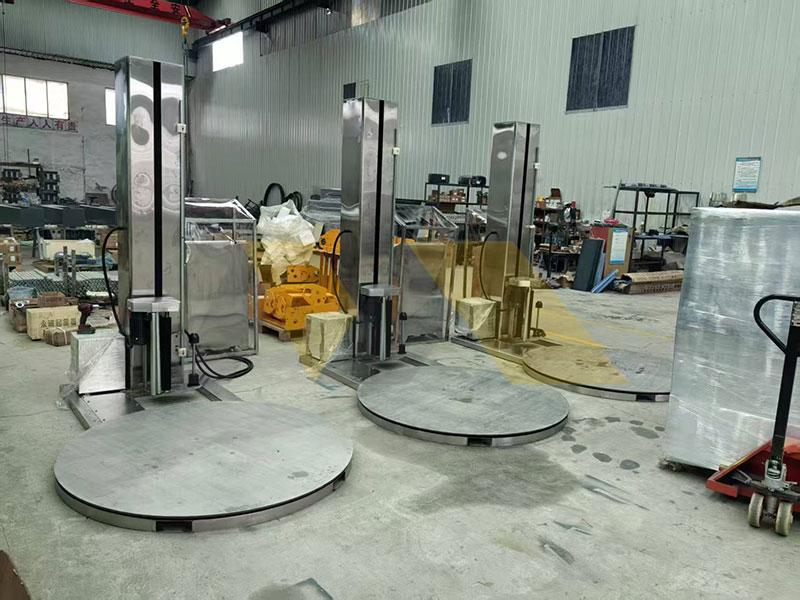
Cost/Benefit Scenarios
Financial Protection Through Wrapping
Compare these warehouse realities:
| Automated Wrapping Implementation | Manual/No Wrapping | |
|---|---|---|
| Per Pallet Cost | $0.25-$1.50 | $0 (unprotected) – $3.50 |
| Potential Damage Rate | 0.2%-0.8% | 5%-12% |
| Avg Product Value/Pallet | $8,000 | $8,000 |
| Annual Preventable Losses | $8,000 – $48,000 | $240,000 – $768,000 |
The numbers demonstrate why manufacturers can’t afford unwrapped shipments. Beyond immediate damage, consistent wrapping protects your brand reputation – crushed packaging signals customers your brand cuts corners on product care. Our clients also report 30% lower freight insurance premiums5 after installing documented wrapping systems. Choose the proper film grade too; our engineering team guides warehouse managers to select film strength6 matching vertical compression needs. Schedule direct WhatsApp consultation at +0086 13505379893 to discuss your risk exposure thresholds.
Conclusion
Commercial pallet wrappers1 secure goods efficiently while saving substantial costs through automation. Choosing the right machine delivers rapid ROI4 and shipment protection.
-
Explore how pallet wrappers can enhance efficiency and reduce costs in your logistics operations. ↩ ↩
-
Learn about the inefficiencies of manual wrapping and how automation can help. ↩
-
Understand the importance of containment force for secure transport of goods. ↩
-
Learn about the return on investment for automated wrapping solutions. ↩ ↩
-
Find out how effective wrapping can lead to lower insurance costs. ↩
-
Discover how to choose the appropriate film strength for your specific needs. ↩

